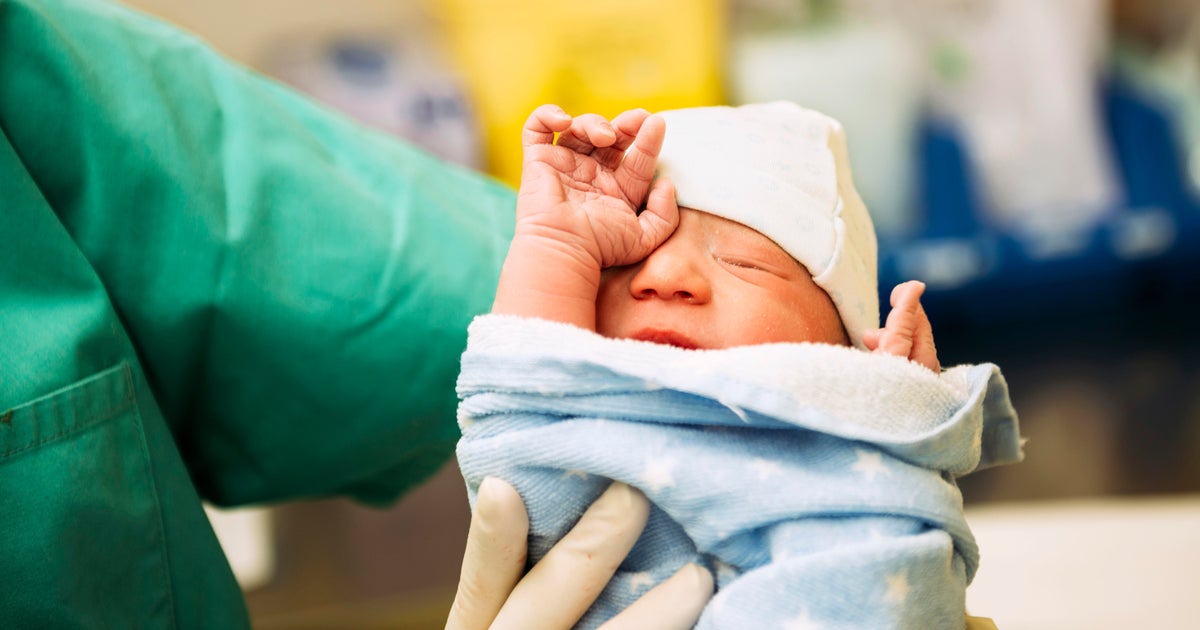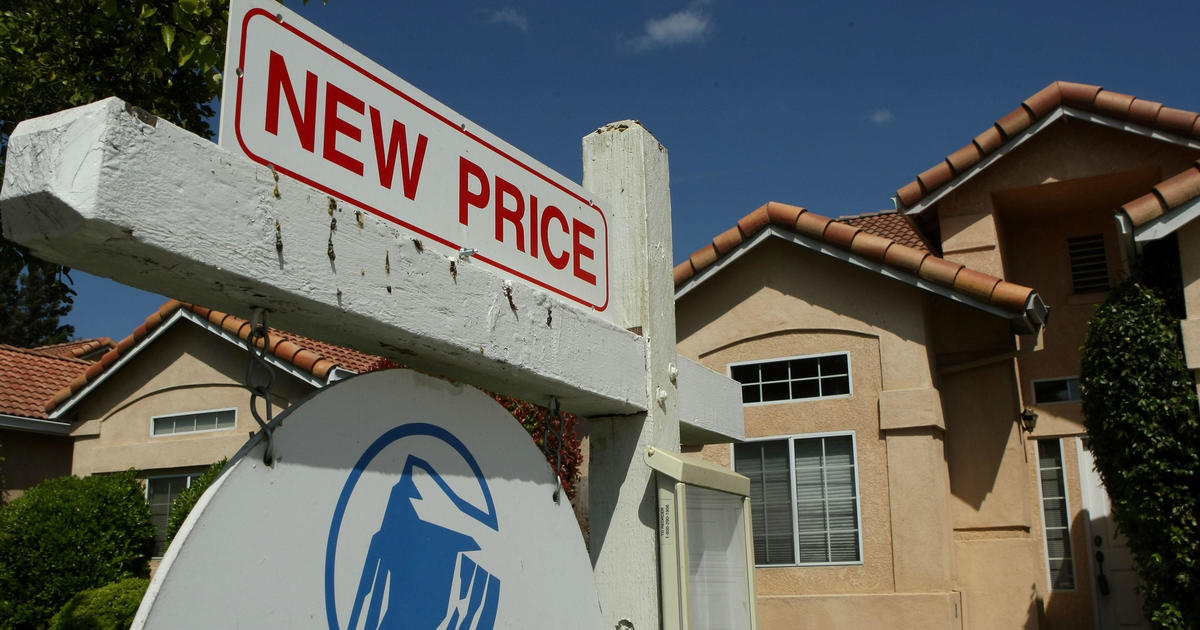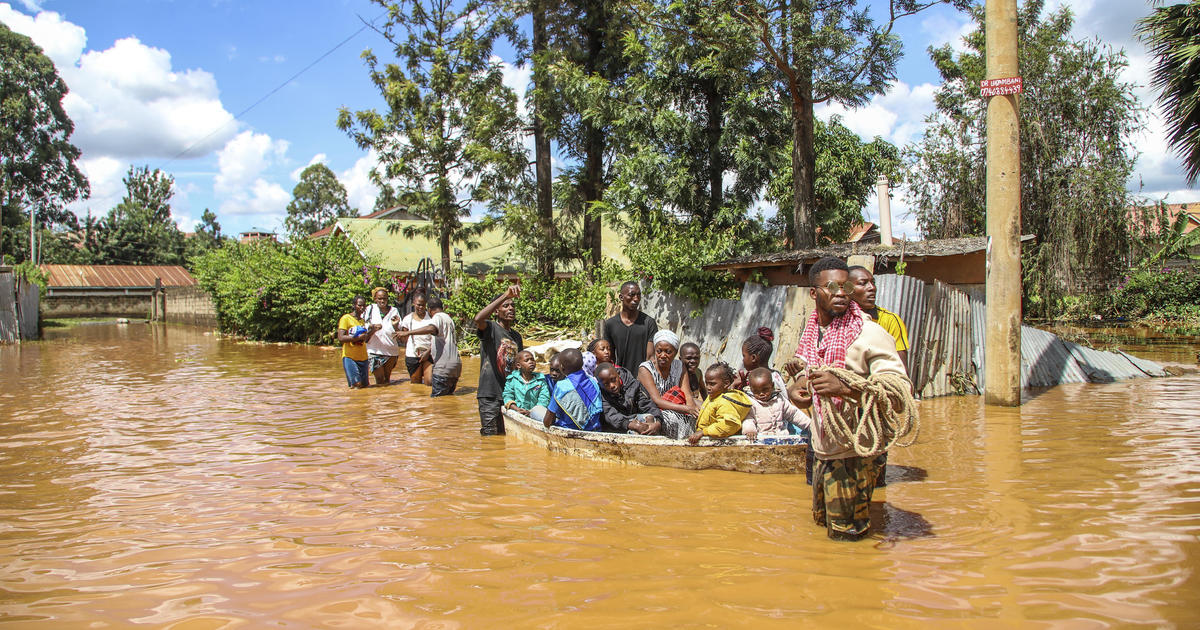San Francisco on verge of "catastrophic situation" as COVID-19 cases increase and ICU beds run low
San Francisco's public health director on Thursday said the region's amount of COVID-19 cases remains at a dangerous level, averaging at least 242 new infections per day — a 27% increase in the last week. Dr. Grant Colfax also said the Bay Area will face a "catastrophic situation" over the next few weeks if the spread of the coronavirus doesn't stop and warned that the amount of ICU beds in the area is running low.
"We have had a significant increase (of COVID cases) since Thanksgiving," Colfax said, adding there has been a 15% increase of daily cases since late November. "We still have time to turn this dire situation around."
"An increase over this next holiday period could put us over the edge into a truly catastrophic situation," Colfax said. "We cannot afford a further increase in cases."
The Bay Area region has 13.1% remaining ICU capacity with a total of 286 ICU beds at San Francisco's disposal, Colfax said, adding that 207 ICU beds are occupied with patients.
"The availability of beds as well as having enough staff and nurses and doctors is the backbone of our health care system ... and this status is gravely threatened," he said. "Imagine not having a hospital bed for your mom or your dad, your grandmother, or even your child. Imagine them getting sub-optimal care. I know none of us want our city to be in that situation."
In total, California's remaining ICU capacity stood at just 3%, with the Southern California region at zero, the San Joaquin Valley region at .7% and the Greater Sacramento region at 11.3%.
Meanwhile, much of the Bay Area — Alameda, Contra Costa, Marin, San Francisco and Santa Clara counties, along with the city of Berkeley — already adopted the state's stay-at-home order on December 7, well ahead of the region dropping below the 15% ICU capacity threshold set by Governor Gavin Newsom earlier this month.
Wednesday's drop in ICU capacity meant that other areas — Napa, San Mateo, Santa Cruz and Solano counties — that were not following the tighter restrictions would now be under the stricter rules.
Health officials in Solano, San Mateo and Napa counties issued statements saying that they would implement the state's mandated regional stay-at-home order starting at 11:59 p.m. local time on Thursday.
The stay-at-home order includes the following restrictions:
- Closes indoor and outdoor private gatherings of any size
- Closes sector operations except for critical infrastructure and retail sectors
- Requires 100% masking and physical distancing
- Prohibits non-essential travel
- Closes all indoor and outdoor dining at restaurants (delivery and take-out meals still available)
The order will remain in effect for at least three weeks. After the three weeks, the order may be lifted if the region's projected ICU capacity meets or exceeds 15%.
Also on Thursday, officials announced a mandatory 10-day quarantine for anyone traveling outside of the city. CBS San Francisco reported that the travel order will go into effect at 12:01 a.m. on Friday, December 18. It is currently scheduled to end at 12:01 a.m. on Monday, January 4, 2020.




